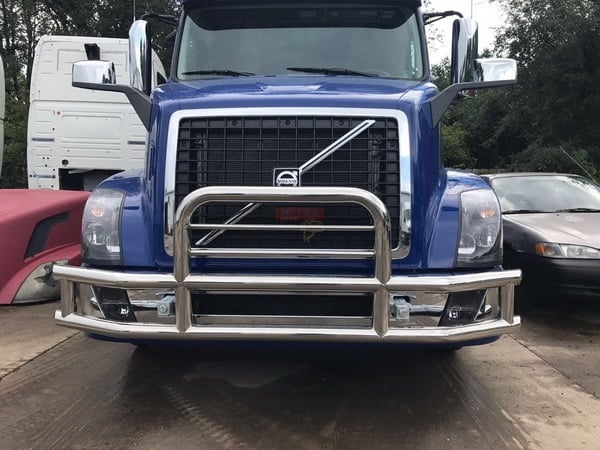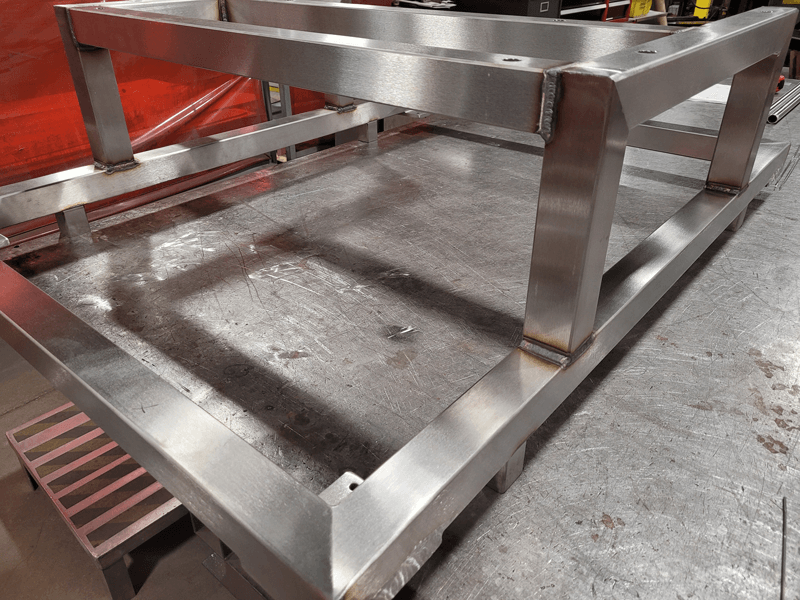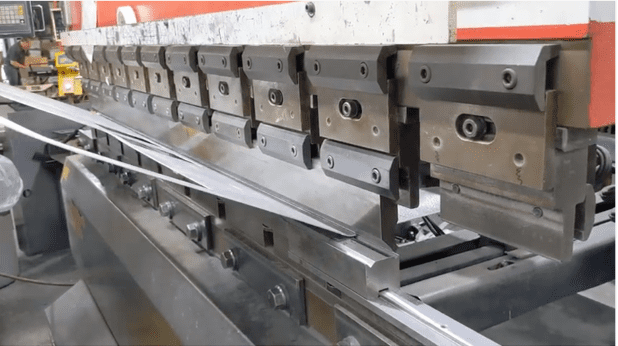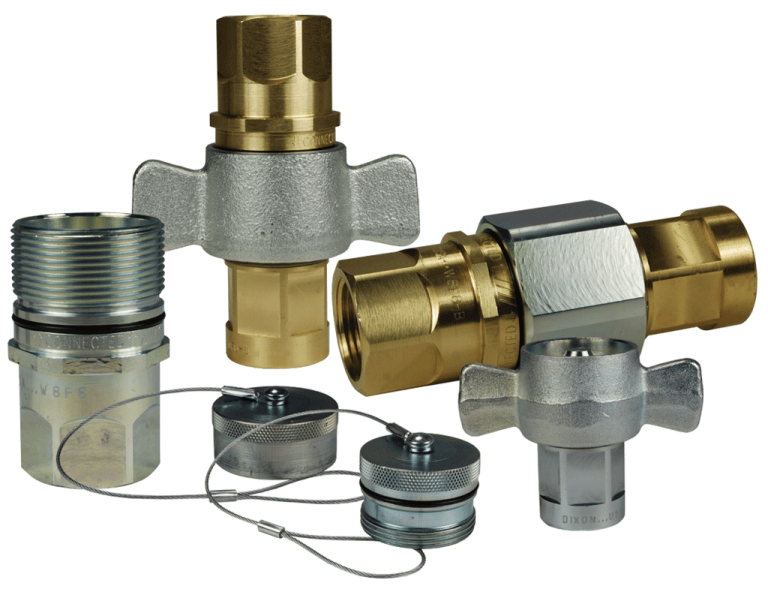Unlocking the Secrets of Screed: A Comprehensive Handbook for Contractors
Screed is a vital element in construction projects, ensuring the evenness and smoothness of floors and surfaces. Understanding its intricacies can profoundly impact project quality and durability. In this guide, we explore the nuances of screed, addressing common queries and offering valuable insights for contractors aiming to enhance their construction processes.

Understanding Screed: Its Significance in Construction
Screed, a thin layer of material typically consisting of cement, sand, and water, is applied to a concrete subfloor to create a smooth, level surface for subsequent finishes like tiles, carpets, or wood flooring. Its importance lies in rectifying uneven surfaces, boosting load-bearing capacity, and enhancing the aesthetics of the final flooring. Without proper screeding, flooring materials may crack or become uneven over time, resulting in costly repairs.
Exploring Different Screed Types
Various types of screed cater to different applications and project requirements. Traditional sand and cement screed are favored for their versatility and cost-effectiveness. However, self-leveling screed is gaining popularity due to its ease of application and precise leveling capabilities. Other types include polymer-modified screed, fast-drying screed, and screed reinforced with fibers or additives for added strength and durability.
Applying Screed: Key Considerations for Contractors
The application of screed demands meticulous planning and execution for optimal results. Preparing the concrete subfloor by cleaning and priming is crucial to promote adhesion. Accurate proportioning of the screed mixture, considering factors like water-cement ratio and aggregate size, is essential. During application, employing proper compaction and leveling techniques is vital to eliminate voids and achieve a uniform surface. Ambient conditions such as temperature and humidity can significantly affect drying time and screed performance.
The Role of Geomembrane in Screed Applications
Geomembrane, a synthetic membrane typically made from materials like polyethylene or PVC, acts as a barrier to prevent moisture migration and shield against ground contaminants. In screed applications, geomembranes serve as a moisture barrier between the concrete subfloor and the screed layer. By averting moisture ingress, geomembranes help minimize the risk of screed delamination, shrinkage, and cracking, ensuring the long-term integrity of the flooring system.
Screed is indispensable in construction, offering crucial benefits in leveling, durability, and aesthetics. By grasping the various screed types, mastering application techniques, and understanding factors like geomembrane usage, contractors can optimize their construction processes and deliver superior-quality projects. Whether it’s residential, commercial, or industrial projects, proficiency in screeding is paramount for achieving long-lasting and visually appealing flooring solutions.




